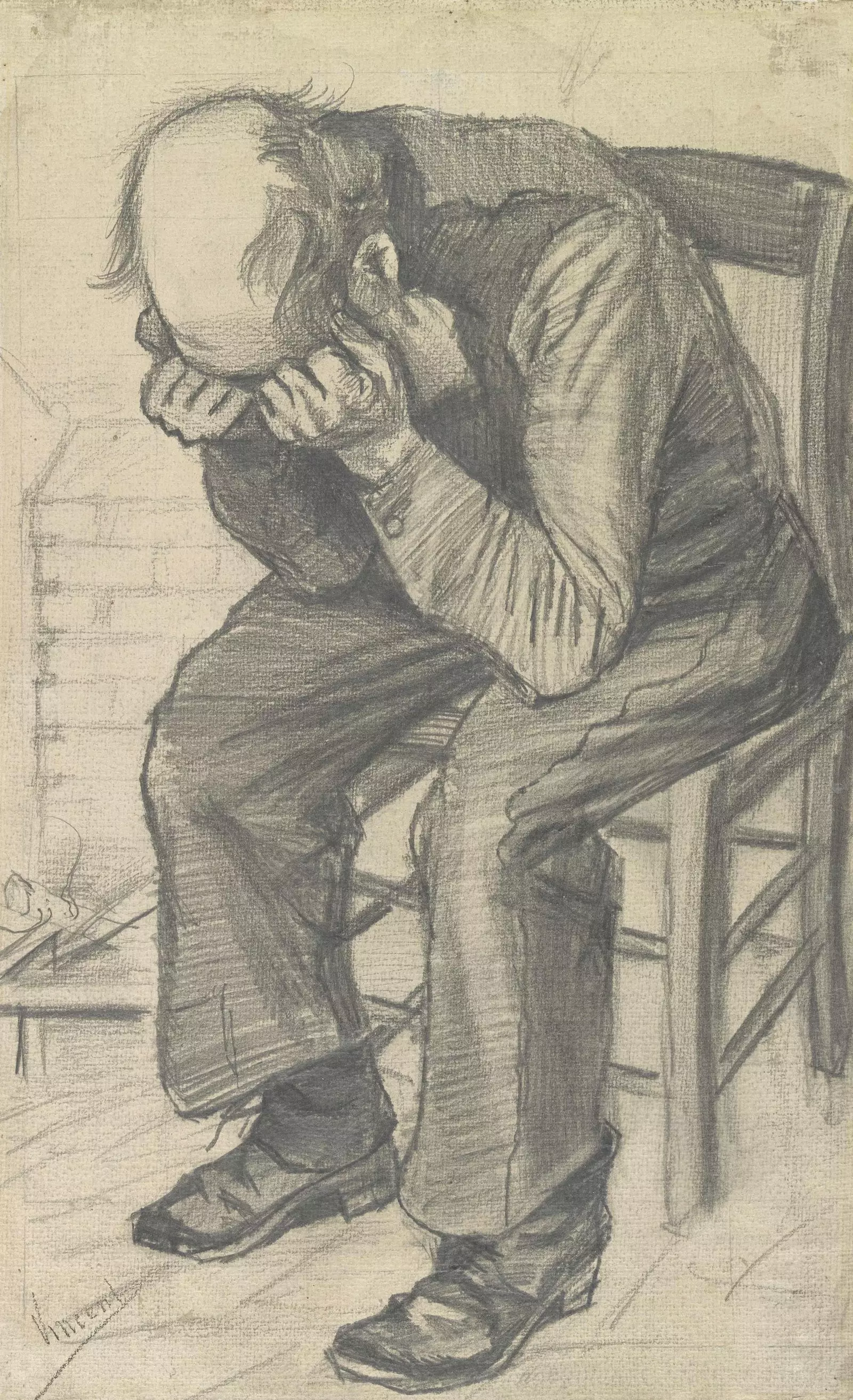When we thought that there would be no room for new discoveries of its impressive artworks , the artistic universe receives an unexpected novelty: a new drawing of Vincent van Gogh has been discovered by Van Gogh Museum of amsterdam -The institution specifically created to watch over his work and inspire the public with his work -.
This is a preliminary study for the homonymous drawing of 1882, Worn out, one of the most surprising creations of Van Gogh's period in The Hague, that currently offers an exceptional look at that work process and conception that was detailed by the artist to his brother Theo and his friend Anthon van Rappard in a series of letters.
"As a knowledge center dedicated to the work of Vincent van Gogh and his contemporaries, we are delighted with this discovery, with which we have once again done justice to our field of expertise. It is quite rare that a new work is attributed to Van Gogh . We are proud to be able to share this early drawing and the story behind it with visitors to our museum." Emilie Gordenker, Director of the Van Gogh Museum, it's a statement.

A new Van Gogh drawing from 1882.
A NEW VINCENT VAN GOGH DRAWING IN THE NETHERLANDS
The discovery came following the owner of the work (anonymous until now), who asked the museum to determine if the drawing had been conceived by Van Gogh.
“From a stylistic point of view, fits perfectly with the many figure studies we know from Van Gogh's time in The Hague, and the connection with Worn Out it is evident”, explained Teio Meedendorp, principal investigator of the Van Gogh Museum.
"The artist began by drawing a grid on the paper, which tells us that he was working with a perspective framework that helped him quickly capture a figure with the correct proportions. He then worked the sheet in his characteristic expressive drawing style: no refined, but with energetic scratches and strokes, and establishing contours in search of a concise image with special attention to light and shadow effects," explained Meedendorp.
In turn, from the Van Gogh Museum tell Condé Nast Traveler that "in the corners on the back of the He drew traces of damage can be seen, which we can relate to the way in which Van Gogh used to fix sheets of paper to his drawing board with wads of starch.

Van Gogh Museum, Amsterdam.
The study for Worn out of Vincent van Gogh traces the guidelines of a work that shows a man sitting exhausted on a chair with his head in his hands. In fact, during his career, the Dutch painter had drawn the same character more than forty times, denoting his vision and his concern for the socially disadvantaged class.
"In terms of materials, you also find everything you would expect from a Van Gogh drawing from this period: a thick carpenter's pencil as a medium, thick watercolor paper as a support and fixation with a solution of water and milk. In the corners of the back of the drawing traces of damage can be seen, which we can relate to the way Van Gogh used to fix sheets of paper to his drawing board using wads of starch."
The drawing is exposed on the first floor of the permanent collection of the Van Gogh Museum until January 2, 2022. Visitors will be able to see the discovery in the context of other Van Gogh works from the same period (all from the Van Gogh Museum collection), including the drawing itself. Worn out.
"Showing it in the context of these other works gives us a special insight into Van Gogh's work process. Also, the study is a very fine and powerful drawing, it stands on its own," concludes Meedendorp.
